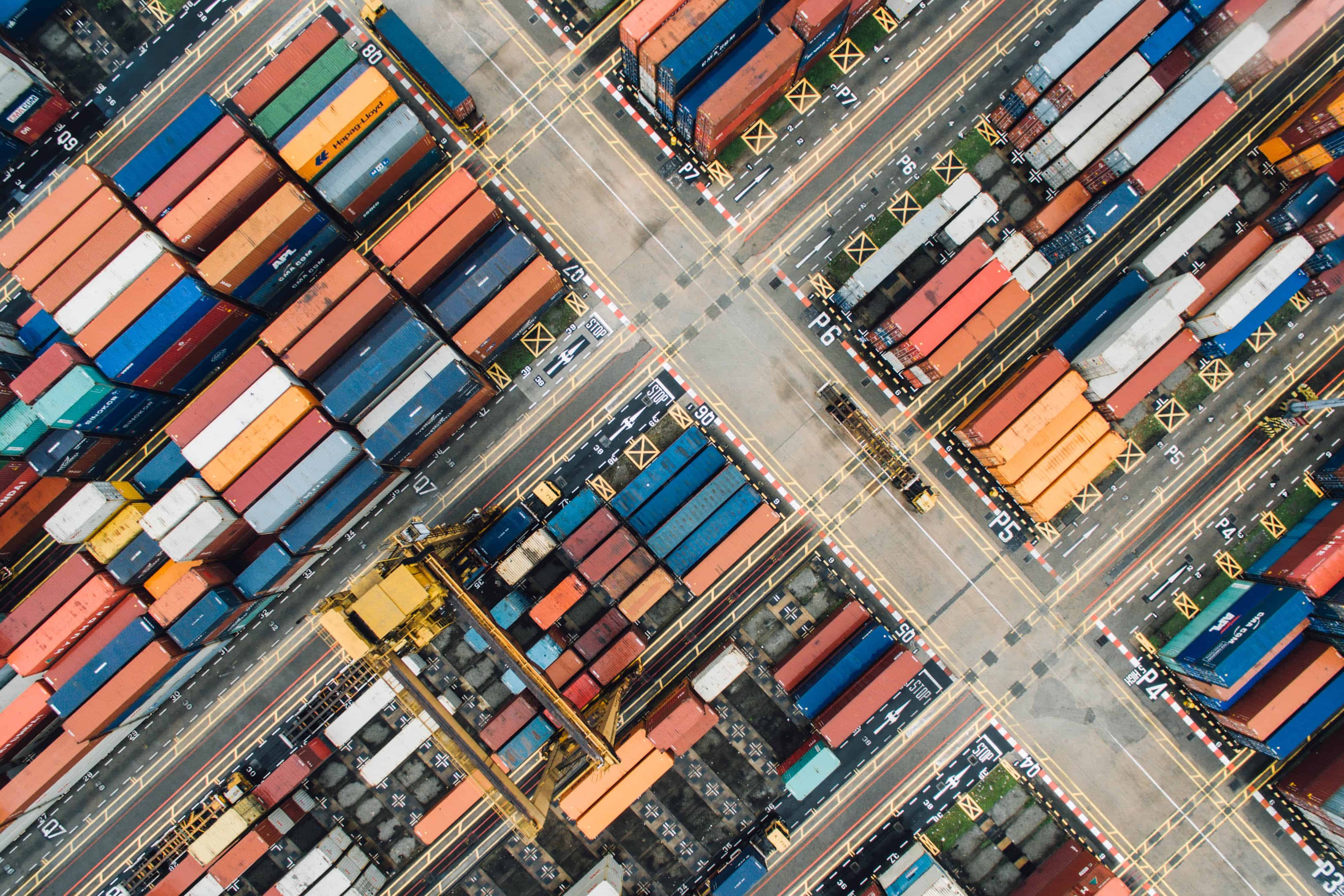Concepts
Your guide to the gold rush of digital logistics
Leveraging Distributed Ledger Technologies to Enhance Logistics Ecosystems
The logistics industry is in the midst of a massive shift towards digital ecosystems. The digitization of the industry’s material flows is creating an abundance of data flows. This, in turn, gives industry players greater visibility on business processes and enables the creation of new business models. Before long, the logistics industry will move towards platform-enabled ecosystems involving multiple stakeholders.
Three key factors are driving the digitization of the logistics industry and its shift to ecosystems.
First, distributed ledger technologies like blockchain are improving data sharing and coordination among industry stakeholders. Banks, procurement firms and logistics firms are working together to set up trading consortia. Members of these consortia agree to use blockchain, thereby creating a new infrastructure for collaborating as well as managing and coordinating trade.
Second, an increase in sensor-generated data and the digitization of physical assets such as delivery vehicles and warehouses is giving stakeholders clearer visibility on the business processes across the logistics life-cycle.
Finally, firms are shifting to the enterprise cloud and adopting APIs – interfaces that allow software applications to communicate with each other – to interact with external parties. As more companies move to the cloud, increased information exchange through APIs will lead to superior coordination among industry players.
These three forces have led to the rise of new business models as firms scramble to create the picks and shovels for the proverbial gold rush in this new era of digitized logistics ecosystems.
New business opportunities
Five new business opportunities stand out as data drive greater coordination in the industry.
1. Logistics companies require better monitoring and management services for their newly digitised mobile fleets and distributed warehouses. Fleet management capabilities not only help firms manage their existing fleets better, they also foster growth by reducing fleet management costs. For example, Amsted Rail’s fleet management service can predict arrival times using real-time data. Its wireless sensors supply status information (e.g. empty/loaded) and shipment temperature. The firm also uses predictive analytics to determine asset performance and predict maintenance needs.
Three key factors are driving the digitisation of the logistics industry and its shift to ecosystems.
Feel Free to Share
Download
Download Our Insights Pack!
- Get more insights into how companies apply platform strategies
- Get early access to implementation criteria
- Get the latest on macro trends and practical frameworks
2. Increasing fleet management’s intelligence and autonomy, including through the use of AI, builds on the first opportunity. Brain Corp is one such firm able to transform existing vehicles into intelligent self-driving robots via algorithms that model the nervous system’s sensory and motor capabilities. Neurala, another company, creates software components that make robots, drones and self-driving vehicles more intelligent and autonomous.
3. With the shift to logistics ecosystems, last-mile delivery needs to be automated and better coordinated via digital innovations. Amazon’s drone-based last mile delivery and Uber’s self-driving cars are some well-known examples. Logistics start-up Dispatch has built an autonomous robot that automates last-mile delivery by travelling at the pace of pedestrians on sidewalks as it delivers items. Similarly, Matternet is creating a fleet-management and orchestration service for last-mile delivery drones.
4. As connected fleets create more data, continuous automated monitoring helps the ecosystem perform more effectively. Decision makers can gain visibility on the processes, while analytics helps regulators and watchdogs ensure compliance. Producers of monitoring-as-a-service not only optimise operations, but also create new value by enabling track-and-trace. Data collected across the supply chain provides information about product origin and carbon footprint. Weft is one example of a company that tracks shipping containers and analyses data flows issued by these containers. The company trains on historical route data to predict potential issues and alert stakeholders accordingly.
5. Data from the logistics value chain combined with other data sources improves decision making, leading to more efficient logistics and more effective trade. ClearMetal enables logistics players to make well-informed trade decisions by simulating the movement of every ocean container, combining data on journeys with other third-party data like currency rates, commodity trends and weather.
As these examples demonstrate, we are about to see immense value creation in logistics as data and interoperability increase coordination across stakeholders and help them perform as fluid ecosystems. We are only beginning to scratch the surface of a whole new set of emergent business models in this new era of logistics.
This was first published in INSEAD Knowledge.
State of the Platform Revolution
The State of the Platform Revolution report covers the key themes in the platform economy in the aftermath of the Covid-19 pandemic.
This annual report, based on Sangeet’s international best-selling book Platform Revolution, highlights the key themes shaping the future of value creation and power structures in the platform economy.
Themes covered in this report have been presented at multiple Fortune 500 board meetings, C-level conclaves, international summits, and policy roundtables.
Subscribe to Our Newsletter













